miércoles, 20 de marzo de 2013
miércoles, 13 de marzo de 2013
lunes, 11 de marzo de 2013
Reading 1
Task: Reading
Ancient Egypt relied on the Nile. The Nile River is about 6,670 km long and is
the longest river in the world. In Egypt, the Nile creates a fertile green valley
across the desert. It was by the banks of the river that one of the oldest civiliza-
tions in the world began. The ancient Egyptians lived and farmed along the Nile,
using the soil to produce food for themselves and their animals.
The Nile’s annual flooding and the fertile lands made Egyptian agriculture the
most secure and productive in the Near East. Melting snow and heavy rain in
the mountains sent water causing the floods on the flat desert land between
June and September. Crops could be planted after the floods, which covered
the river valley and delta in August and September.
The Nile and its flooding, were essential to the Egyptians. The flooding of the
Nile, called ‘Hapy’ became a god. The Egyptians would thank Hapy for bringing
fertility to the land. The year and calendar were adjusted to the Nile. New Year
was in mid July, when the river began to rise for the flood. When conditions were
stable, food could be stored to prevent scarcity. But the situation was not
always favourable. High floods could be very destructive; sometimes there was
population loss.
.
The shape of the land was significant in other ways. The delta posed obstacles
to invaders. Travel into the desert or to Asia was more difficult than movement
within Egypt, where boat travel on the Nile was a major unifying force in such a
long, thin country. The area next to the Nile was called the Black Land. The Red
land was the desert
domingo, 10 de marzo de 2013
Fotografias Egipto
Howard_Carter.
C1.PIRÁMIDES DE MIKERINOS Y KEFRÉN..jpg
A4.ARQUITECTURA ADINTELADA.TEMPLO DE KOM OMBO.
B3.OBELISCO.TEMPLO DE AMÓN. KARNAK.
A7.CAPITELES LOTIFORMES.TEMPLO DE AMÓN.KARNAK.
D2.GRAN PIRÁMIDE DE GUIZA Y LA ESFINGE.
E4.TEMPLO DE AMÓN.KARNAK.PILONOS.
SARCOFAGO TUTAMKAMON.jpg
carter_tutamkamon.jpg
Momia.
Momia 2.
viernes, 8 de marzo de 2013
Suscribirse a:
Comentarios (Atom)

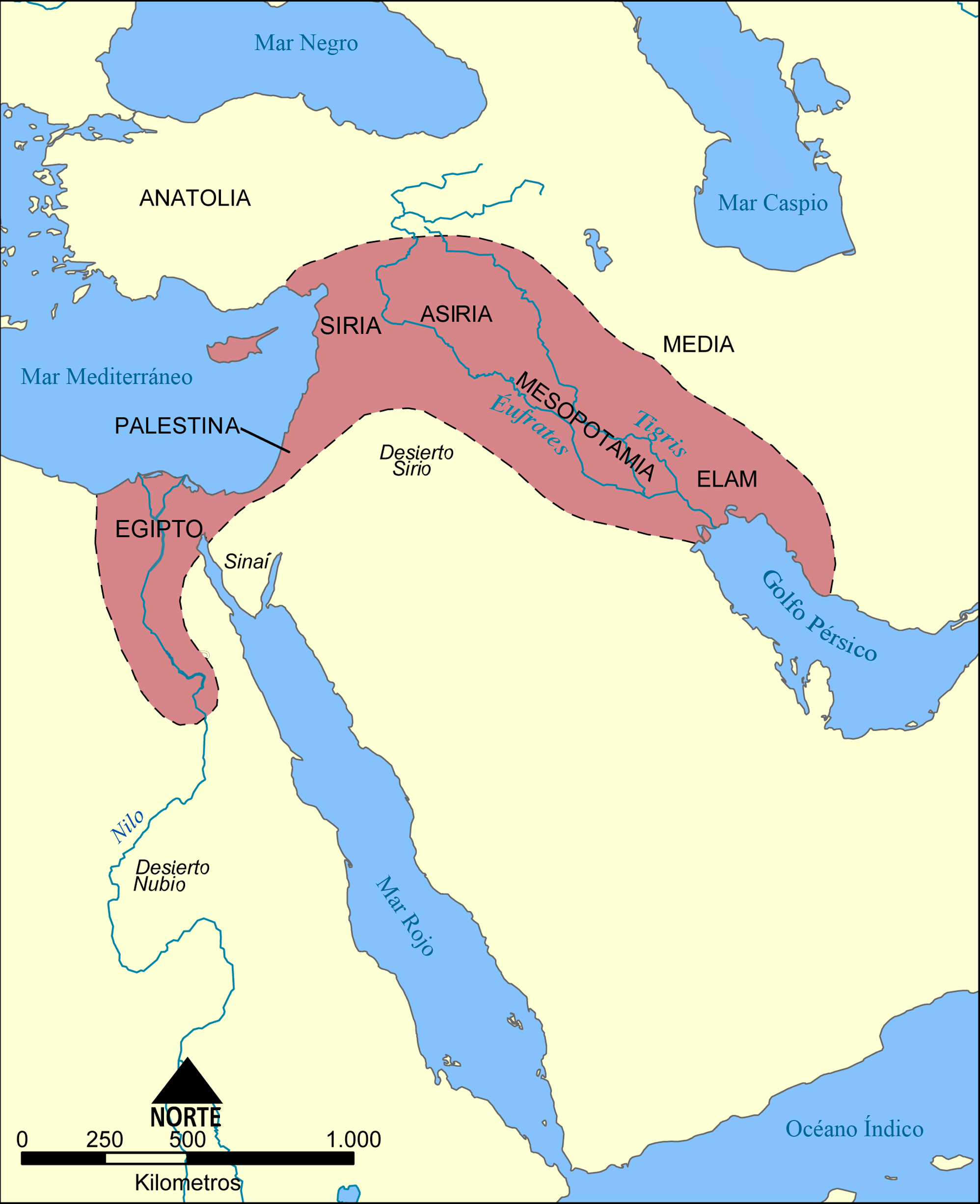
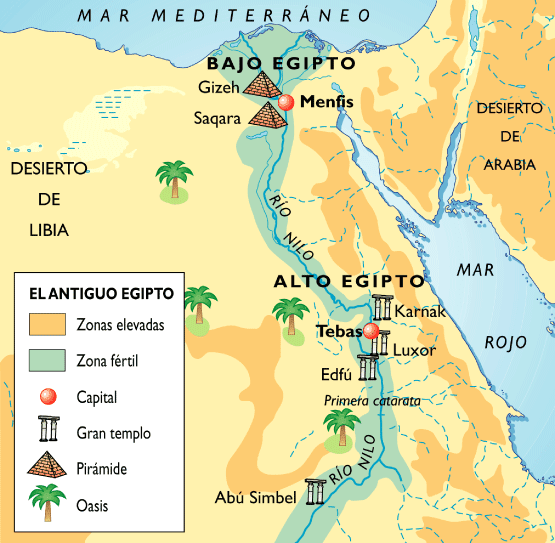
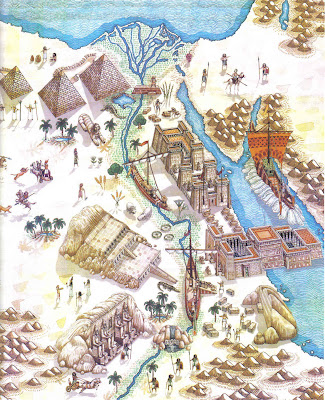


















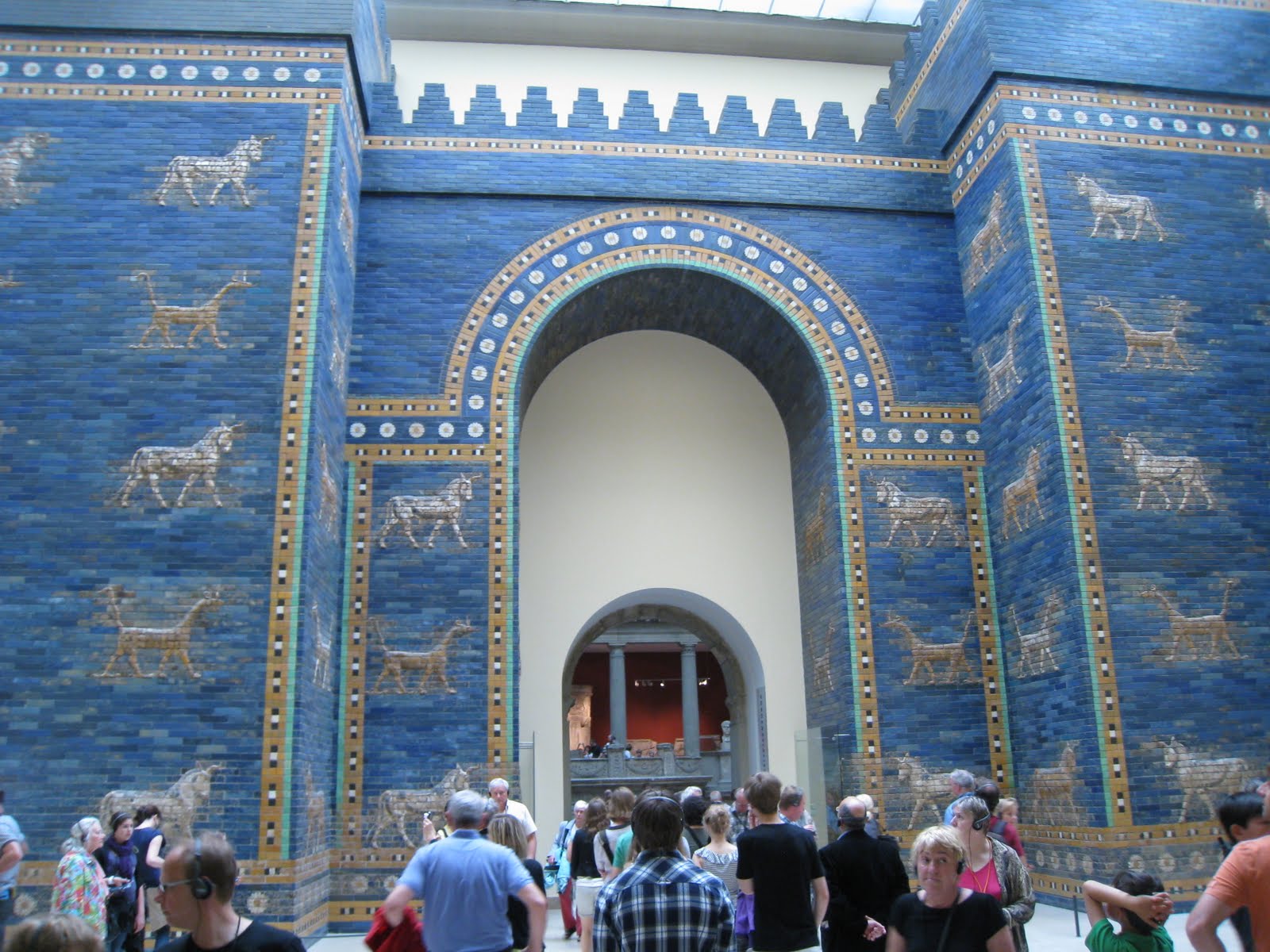
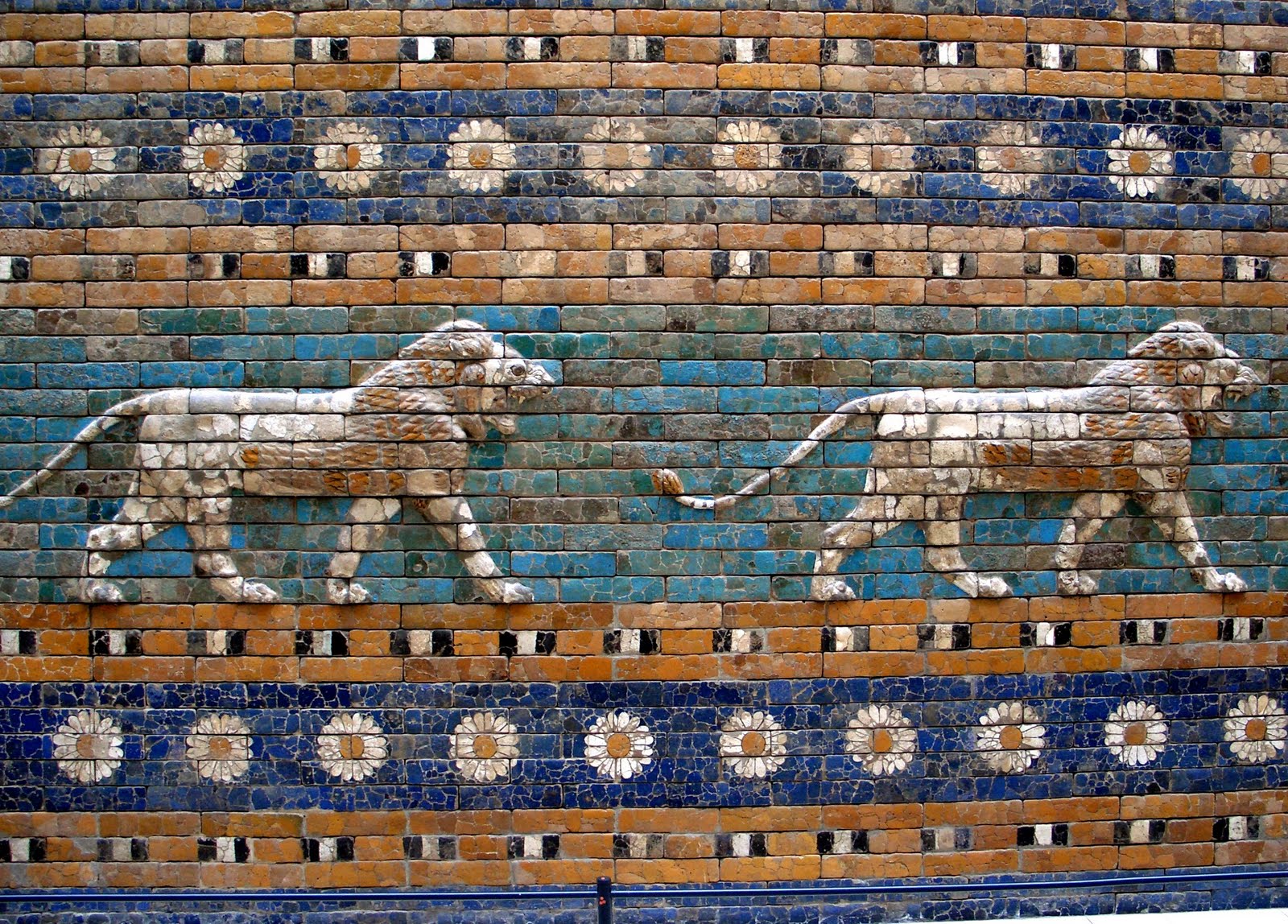

.jpg)






